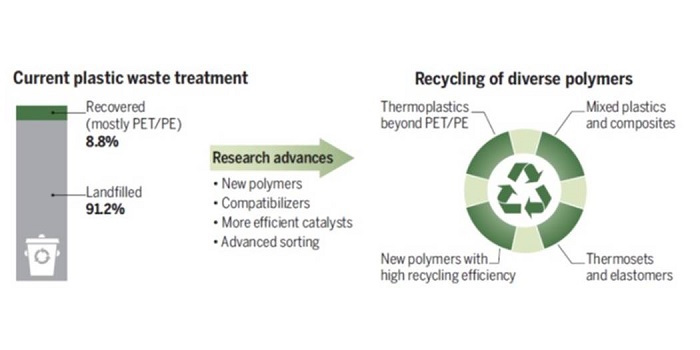
Perspectives: Plastics from plants, plastic recycling and plastic degradation
Blog, Plant Science Research Weekly, Research, Research Blog“If the current trend continues, there could be more plastic than fish by weight in the oceans by 2050” writes MacArthur in her Editorial, “Beyond plastic waste” (10.1126/science.aao6749). In three Perspective articles, challenges and opportunities to reduce plastic waste and improve its production…
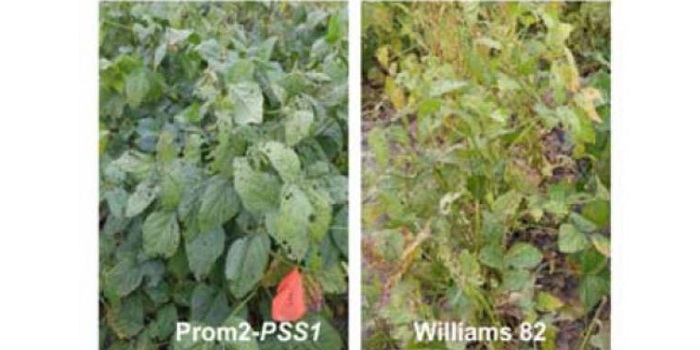
An Arabidopsis glycine-rich plasma membrane protein enhances disease resistance in soybean
Blog, Plant Science Research Weekly, Research, Research BlogPreviously, the authors identified an Arabidopsis mutant that shows resistance to a widespread oomycete pathogen. In this new work, Wang et al. identified the Phytophthora sojae susceptible gene locus, PSS1, which encodes a plasma-membrane localized glycine-rich protein. When introduced into soybean…
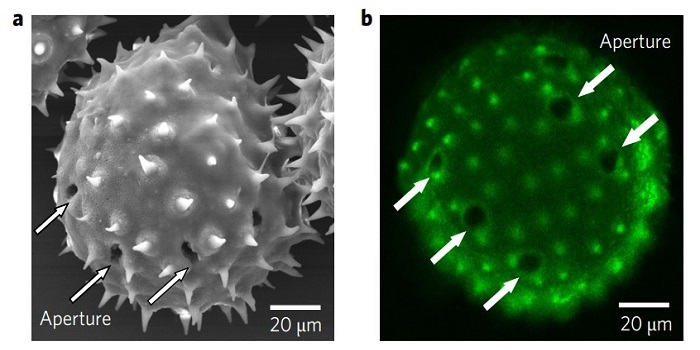
Pollen magnetofection for genetic modification with magnetic nanoparticles as gene carriers
Blog, Plant Science Research Weekly, Research, Research BlogThe ability to generate transgenic plants has revolutionised plant science research. However, many species and genotypes remain challenging and time-consuming to transform. Zhao et al. provide a novel and potentially ground-breaking method of transgene delivery. In the presence of a magnetic field,…
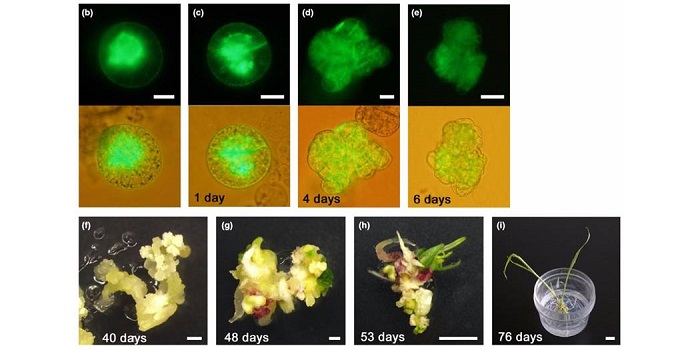
Development of gene expression system in egg cells and zygotes isolated from rice and maize
Blog, Plant Science Research Weekly, Research, Research BlogAssessing the function of genes active in zygotes and egg cells is difficult due to the inaccessibility of the target tissues. Koiso et al. isolated rice egg cells and maize zygotes using a method similar to that for extracting leaf protoplasts. They then optimized a PEG-Ca2+ transfection protocol…
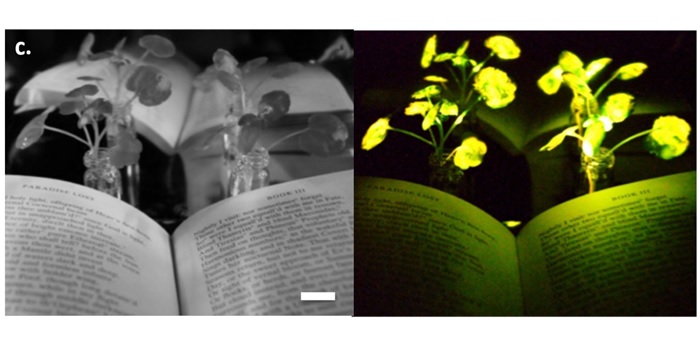
A nanobionic light emitting plant ($)
Blog, Plant Science Research Weekly, Research, Research BlogReading books by the light of nanobionic plants sounds like something out of a scifi book. However, scientists have been working for many years on engineering light-emitting plants based on the luciferase enzyme. This work has been limited largely by the need to overcome the toxicity of adding to much…
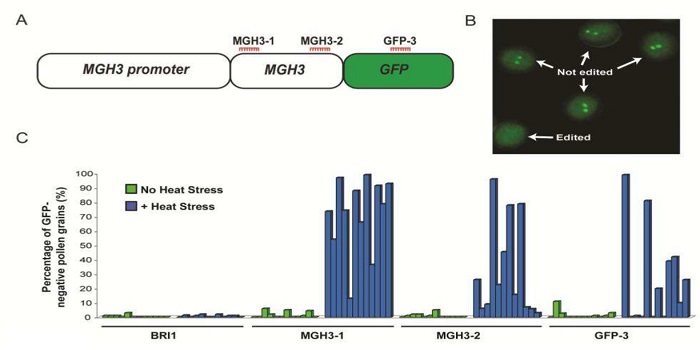
Increased efficiency of targeted mutagenesis by CRISPR/Cas9 in plants using heat stress ($)
Blog, Plant Science Research Weekly, Research, Research BlogCRISPR/Cas9 genome editing has rapidly become a powerful tool in modern plant science research. However, issues of low editing efficiencies and off-target mutations remain. LeBlanc et al. hypothesised that subjecting plants to high temperature stress, mimicking the optimal operating temperature of…
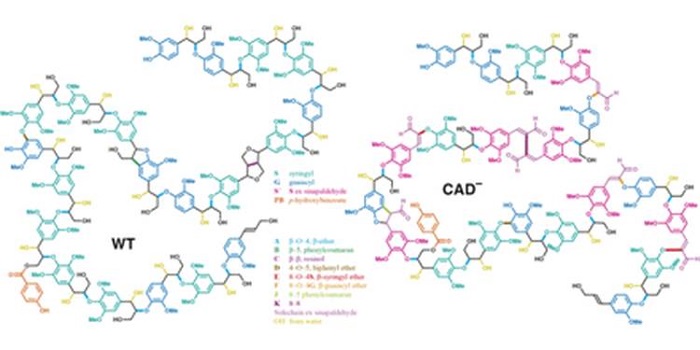
Lignin Bioengineering in Poplar
Blog, Plant Physiology, Plant Physiology: On The Inside, Research, Research BlogLignified cell walls constitute an important renewable and sustainable feedstock for the production of fermentable sugars, biochemicals, and biomaterials. In biorefineries, plant cell wall polysaccharides are depolymerized into simple monomeric sugars, a process called saccharification. These sugars…
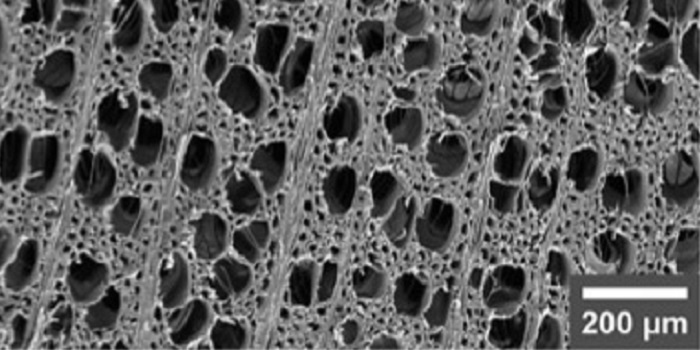
Using natural wood as a cost-effective alternative in solar steam generation
Blog, Plant Science Research Weekly, Research, Research BlogUsing solar irradiation effectively for steam generation is a promising renewable energy source for a wide variety of applications, including large-scale power generation, desalination, water purification and sterilization, which is particularly important in remote areas where solar power is often the…

Transgenic Cavendish bananas with resistance to Fusarium wilt
Blog, Plant Science Research Weekly, Research, Research BlogBanana, the common breakfast component, is also a staple food in some regions of the world. More than 99% of the bananas exported world-wide are the clonally-propagated Cavendish variety, which have very little genetic variation and so are prone to disease outbreaks. Recent years have witnessed the emergence…

